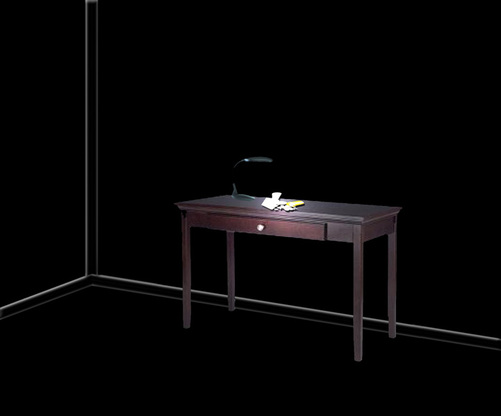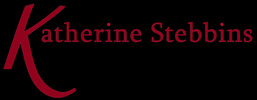Death

The audience disintegrates into groups of ones and twos. These are then led off by an actor to different “Death” rooms. Here, each audience member will experience a scene or interaction designed to simulate their own death. There are countless death experience options and it is possible to have different ones on different nights. No two death rooms are the same on one night, however. In one room, an audience member is left alone. The space is small, claustrophobic, silent, and dark. On one wall, near the corner but not in it, is a side table. A desk lamp sits on the table brightly illuminating a small cluster of items: a glass of alcohol, a small bottle of spilled pills, a pen, and a suicide note. The audience member is allowed to linger in the room for a certain amount of time, contemplating their own death, alone.
Another audience member is led to a large, brightly lit room. There are several actors in scrubs and surgical masks. The audience member is led to a gurney in the center above which a bright lamp is dangling. There are hospital machine sounds in the background. They lie down on the gurney, and the actors perform, through a scripted work or improvisation, a hospital death. Causes of death and hypothetical procedures may vary. The actors might also perform this scene silently, using only their eyes to communicate with the audience member and each other. The lights go out at once and the audience member is left in the silent blackness for a few moments. They are then led away.
In another room an actor sits in a chair beside a comfortable bed. The light is dim and warm, as if sunlight is coming in through a small window. The audience member lies down on the bed while the actor talks to them as if they are a dying friend or relative. It is a safe environment, with perhaps the sounds of the countryside or a quiet city in the background. After the actor believes they have passed on, the audience member is led away.
Two audience members are led into a tiny space with four chairs (not storyboarded): two in front and two in back, all facing the same direction. There is an interior car light illuminating the seats. An actor is seated in the front left chair as if driving a taxi. The audience members are directed to sit in the back seats. The actor interacts with the audience as a taxi driver and progresses into a screaming monologue describing an accident they are having. There are sounds of noisy traffic at first and then the sounds accompanying the accident before the fading sirens of police and emergency response vehicles. The audience is then led away.
Two audience members are led into a tiny space with four chairs (not storyboarded): two in front and two in back, all facing the same direction. There is an interior car light illuminating the seats. An actor is seated in the front left chair as if driving a taxi. The audience members are directed to sit in the back seats. The actor interacts with the audience as a taxi driver and progresses into a screaming monologue describing an accident they are having. There are sounds of noisy traffic at first and then the sounds accompanying the accident before the fading sirens of police and emergency response vehicles. The audience is then led away.
